Creativity, Innovation, Tutoring | How to Change Oklahoma Education
By Dominick Cooper, Founder of Launch Academy Tutoring Company, University Guest Speaker on Education and Curriculum, and 2013 Nominee for Tulsa’s Young Entrepreneur of the Year.
Let’s face it – the American education system, in general, is in need for a serious do-over.
Now, this is an easy statement to make but a very complex issue. It’s similar to how people say “teachers need to be better paid” and then forget about all the nitty-gritty details of incorporating school breaks, monitoring work outside of the classroom (including grading) into their salary, debating whether or not to include incentives/merit-based pay, etc.
It’s a social hairball and, for every problem in education, there’s 10 solutions, all equally valid.
So how do we tackle this issue and weed out which solutions work best?
I present to you a simple, 3 step approach to revolutionizing education in public schools:
Create | Innovate | Customize
CREATE
Sir Ken Robinson, best-selling author and international leader in Creativity, defines creativity as “the process of having original ideas that have value.” Let’s break this down into it’s 3 core parts:
- It’s a process: In the classroom, so much emphasis is placed on grades and scores – a measurement of a single moment – that students lose track of the process of learning and, in turn, the process of creativity. While assessments are necessary, nearly everyone would agree that 25 days of classtime is too long to spend every school year one it – that’s over 3 months of testing, by the time high schooler’s graduate!
- It’s original: This means that, sometimes, the answer is not in the back of the book. I’ve seen students penalized by teachers for working a problem out correctly, but using a method different than what the teacher taught. In the context of the curriculum in general, this emphasizes the role of classroom discussions, real-life applications, and inter-disciplinary collaboration. A number of schools are getting this right, but more are needed to truly transform the curriculum.
- It has value: Handing students a math worksheet that requires them to solve problems and then “connect-the-dots” to form a picture is NOT creative. It’s simply white-washing a deeper, often-ignored question: “When am I ever going to use this?” Why do teachers cringe and roll their eyes at these questions? Granted, for some students, it is the equivalent of asking to use the restroom (when they just went 20 minutes ago), but other students are truly sincere and teachers should be able to recognize the difference. More and more classrooms across the United States are getting on-board with this and are truly adding value to their creative education process.
INNOVATE
Tony Wagner, author of The Global Achievement Gap, Creating Innovators, and Expert In Residence at Harvard University’s new Innovation Lab, defines innovation as having two steps: “creative problem-solving” and “bringing new possibilities to life.” Both kinds of innovation are essential.
Does innovation sound similar to creativity? It is! But is by no means the same. There are 2 key differences and they effect the classroom in a substantial way.
- Creativity is a noun and a process. Innovation requires action and cumulates to a single product. While creativity is essential to innovation, they are not the same. Innovation is how schools can measure creativity. Here’s a few links to a number of ways you (or your school) can measure innovation and creativity.
- Fast Company | Design
- Balanced Scorecard Institute
- Torrance Test of Creative Thinking
- Innovation can be measured at either an individual level or a group level. If you are an educator, you are well familiar with educational catch phrases like “Professional Learning Community”, “Collaboration Days”, and “Cross-Disciplinary Curriculum.” All of these share the same message – Group work improves individual work. Yet most classrooms still emphasize individual achievement over group work (which is backwards from what the corporate world values). Now, granted, you do have to account for the Ringlemann Effect but there are ways to mitigate that, as well.
CUSTOMIZED EDUCATION
In a famous study by Dr. Benjamin Bloom (of Bloom’s Taxonomy), it was found that “the average 1-to-1 tutored student was above 98% of the students in the control class.” That is not a typo! 1-to1 tutoring put them in the top 2%!
However, Dr. Bloom realized in his conclusion that one-to-one tutoring is “too costly for most societies to bear on a large scale.” But there is one thing that Dr. Bloom didn’t account for in this 1984 study.
Computers.
Today, there are HUNDREDS of websites and resources that students can utilize to teach themselves a new concept or skills. Below are just a few examples of how technology is revolutionizing education:
- Khan Academy – With a database of 1,000+ videos and a mathematics exercise dashboard, this free resource has already revolutionized education. It is responsible for many social developments like “gamification” in the classroom and “the flipped classroom” approach. Did we mention it was free?
- Math By Fives – With a quirky style and contagiously enthusiastic presentation, Frank Ives, creator of Math By Fives is a university professor who makes learning fun. With sound effects and catch phrases, his 100+ math tutoring collection is just what a lot of students need.
- Tutor.com – Are you in the military? You qualify for free tutoring! Check out the site for the full details.
- LearnToBe – This site, along with 600+ volunteers, has hosted 25,000+ hours in online tutoring totally free.
- Club Z – Club Z is an approved supplemental education service provider. If your child qualifies under the No Child Left Behind Act, you could get free tutoring! Check out their website for locations and qualifications.
- Launch Academy – Shameless plug. As a company, our mission is to not simply teach students what to learn but how to learn. We’ve recently rolled out a new mentorship program that does just that for a minimal cost.
As mentioned before, there are dozens of ideas and studies that have shown ways to improve the education system. This 3-step approach, while possibly too simplistic, has proven to work time after time. But it’s not a silver bullet.
On March 31, Creative Oklahoma will be hosting The Creativity World Forum with the theme being “All Our Futures: Ideas That Matter.” Sir Ken Robinson will be headlining and, if you are or want to be a leader in education, I highly recommend attending this event.
For more details, follow this link.
What are some ideas you have for improving education? Share them in the comments below!





